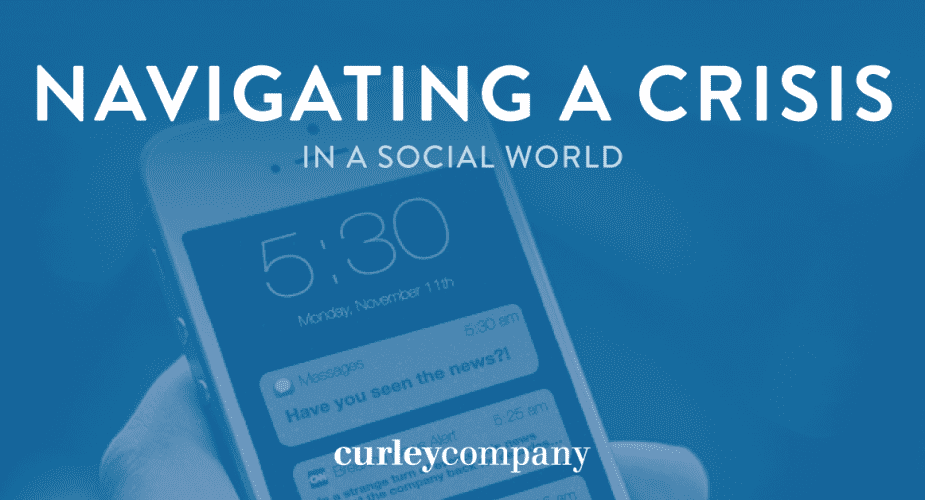How to Protect Shareholder Value During a Crisis
As the COVID-19 pandemic brought to light the vulnerabilities in many systems and institutions the world over, board leaders realize that proactive management of crises is critical to public perception and shareholder value. In the realm of company operations, employee engagement, and maintaining positive public perception, protecting shareholder value is non-negotiable. By actively monitoring the health of an organization, assessing potential curveballs, proactively establishing a responsive strategy, and consistently communicating it among all levels of stakeholders, a board is in position to plan and react accordingly, no matter the crisis.
Of course, no one could have predicted the pandemic that has forced millions to alter nearly every aspect of their daily routines and thinking – nor could anyone predict the pandemic’s impact on brands, public institutions and individuals.
Risk is simply a reality of doing business in the global marketplace. There’s no way around that.
But most board leaders see value in having a crisis management plan in place as a tool to mitigate risk, including communications expertise at the director level – not as an afterthought, but with a consistent seat at the table to influence strategy.
Having a strong communicator in the board room is like having a pace car on the motor speedway. It ensures the organization is moving as a cohesive unit before the “flag goes up” on a potential crisis. The pace car helps put the organization ahead of the crisis and in a better position to come out strong, if not stronger, when it is remediated.
COVID-19 has presented the world with unprecedented challenges, but this crisis is not the last challenge for board leaders and their directors.
Before it hit, organizations’ risk management teams worried about threats such as cyber security, product safety issues, succession planning, and the potential for financial distress or operational disruption. These crisis scenarios didn’t disappear with the pandemic. In fact, the pandemic, in many cases, exposed or intensified risk in these areas.
Building a culture of strong communication inside the organization starts at the board level, with directors who know when to push the internal leadership team are asking the right questions and who understand the broader implications for the crisis on the stakeholders most important to the organization – shareholders, regulators, customers and employees.
Board Leader Checklist:
- Ensure board member core competencies: Confirm you have communications expertise in areas of crisis management, risk management and strategic communications at the boardroom table.
- Be crisis-ready: Ensure your organization has a crisis management plan in place and test it with scenario planning.
- Evaluate your organization’s risk: Conduct a risk assessment to understand your organizations’ vulnerabilities.
- Deliver relevant, frequent communication: Communicate to your stakeholders (directors, shareholders, employees) that you have a plan in place to protect the organization in the event of a crisis.
Does your board currently have a strong communication function? Now, more than ever, is the time to lean into it. The value of having communication expertise and planning in the boardroom will ensure the board can successfully lead through the risks ahead.









